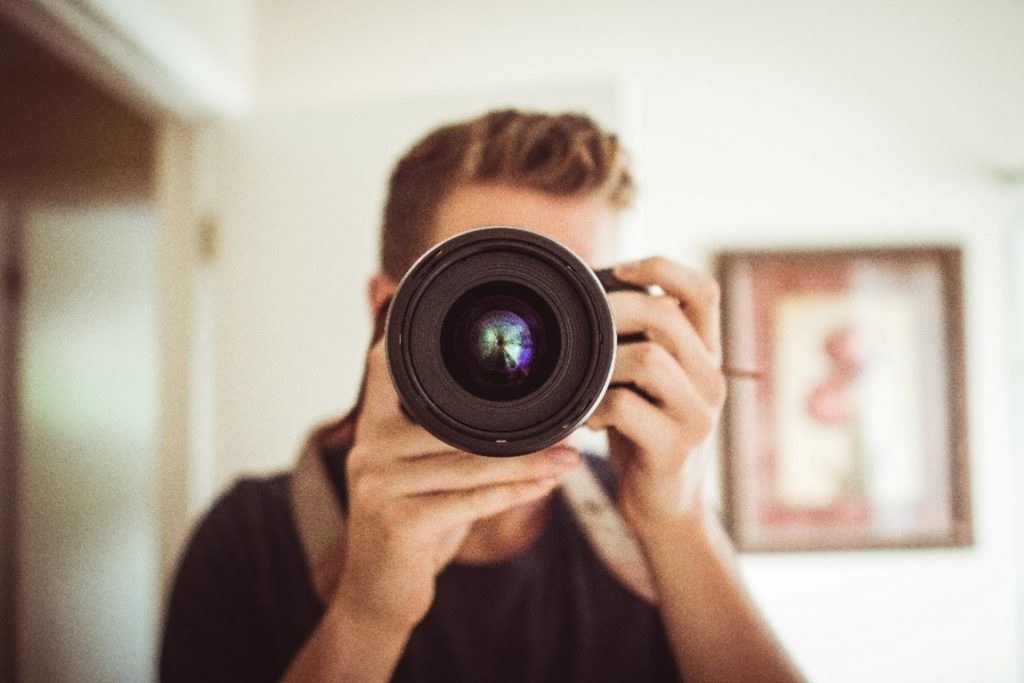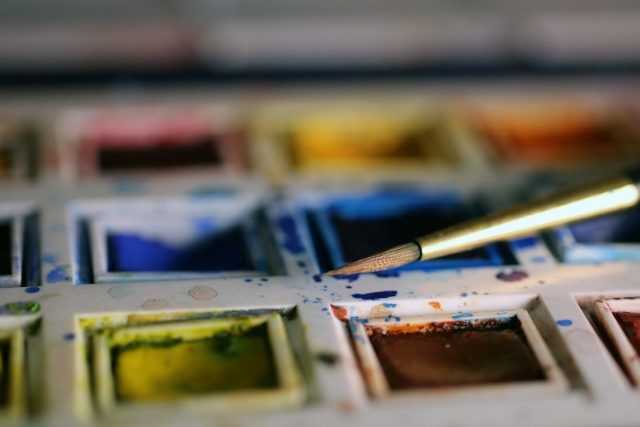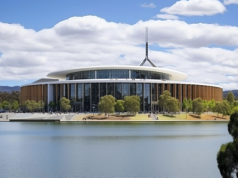Jonathan Lepow unveils the transformative influence of social media on contemporary art – as the digital realm becomes an integral part of artistic expression, Lepow delves into the profound shift in exposure and accessibility for artists worldwide. In the following article, Jonathan Lepow of Houston explains more on how social media emerges as a dynamic force, propelling art into the global spotlight.
Social media continues to revolutionize virtually every aspect of modern life, and the art world constitutes no exception. The ability to share their work with a global audience at the click of a button poses a number of both positive and negative concerns for modern artists to consider.
The use of social media offers contemporary artists several benefits in terms of how their work is created, disseminated, and experienced. Jonathan Lepow of Houston says that they can reach a wider audience without getting into a gallery, collaborate with other creators, and bolster their portfolio with digital works. On the other hand, they must also deal with constant negative feedback while risking theft, censorship, and restrictions on creativity.
Jonathan Lepow says that some of these negative aspects may seem overwhelming to the budding artist. The key is to strike a balance between mitigating the downsides while still taking full advantage of the upsides. In short, it’s important to start by focusing on the positive.
Jonathan Lepow on a New Era of Exposure
Once reliant on galleries and museums to showcase their work to a small selection of local visitors, artists now benefit from a much wider audience. Jonathan Lepow of Houston notes that street artists can expose their work to people at home on the other side of the world, while gallery artists can use platforms such as Facebook, Instagram, and TikTok to inform potential viewers of upcoming exhibitions.
Not only can they do this, but they arguably should. According to recent surveys, younger people primarily discover art through social media as opposed to through museums. This elevates social media from a mere benefit to an absolute necessity.
This exposure affects interactions with collectors, as well. Not only do shoppable tags on platforms such as Instagram make it easier for casual users to potentially make a purchase, but artists using social media benefit from consolidation. Rather than requiring collectors to visit a number of galleries in order to find their work, artists can showcase their entire portfolio on one consolidated platform.
Jonathan Lepow explains that on top of these benefits, artists can even expose their work more easily to each other. Online art communities allow for easier collaboration without the need for two creators to share a physical space. They can also benefit from one another by sharing ideas, swapping tips on how to contact various curators and collectors, or simply offering each other moral support. The only downside is that social media also makes this support increasingly necessary.
Negative Impact of Social Media on the Artist
Some of the benefits discussed above actually present artists with a double-edged sword. For instance, while the selfies taken by fans of popular street art may bring more attention to the artist, some argue this also cheapens the ephemeral beauty of street art itself. Moreover, Jonathan Lepow of Houston says that the popularity of street art has caused businesses to ape the concept, creating their own Instagram-friendly installations for the sheer sake of marketing.
There’s another side to the coin when it comes to exposure as well. While artists can now consolidate their work, the resulting oversaturation of social media with artistic exposure makes it much harder to stand out. Artists can now get trapped in a hamster wheel of content creation, spending time and resources on the never-ending drive to produce engaging content rather than on simply producing their art.
Jonathan Lepow notes that in addition to these issues, artists now face a number of challenges completely unique to the contemporary art world, such as:

- Constant exposure to negative criticism. Rather than receiving feedback primarily from professional critics, artists now open themselves to abusive comments from anyone on the internet who dislikes their work, the message behind it, or even simply the race or gender of the artist.
- Unpredictable algorithms. On top of being forced to produce content on a regular basis showcasing the creation of their work, artists must also pay attention to trends and hashtags that could change how widely their work is disseminated.
- Risk of theft and copycat work. Jonathan Lepow of Houston says that not only have several NFTs stolen or copied work by unknown artists to sell at a profit, but many AI programs use work without consent in order to train themselves to mimic other artists’ styles. Few legal protections exist against this.
- Fear of censorship. If a platform’s AI determines an artist’s work to fall outside of community guidelines, the artist could be banned from the platform entirely. As a result, artists must proactively censor themselves, interfering with the purity of the creative process.
Social Media Influences on Artwork Itself
Jonathan Lepow reports that despite the potential negative consequences of social media, some artists have chosen to embrace it to the extent of allowing it to shape their work.
For instance:
- Vancouver street artist iHeart uses wall paintings to depict young children’s emotional interactions with social media in ways that draw similarities to adult experiences with the medium.
- Yayoi Kusama takes advantage of young museum-goers’ affinity for selfies by creating Insta-friendly installations combining lights and infinity mirrors.
- In 2014, Argentinian creator Amalia Ulman reimagined Instagram as a performance art space, posting “in-character” content that was eventually featured at the Tate Modern.
Conclusion
Jonathan Lepow says that although social media democratized the art world in a positive way, it opened a floodgate of negative impacts. The uniquely inspired ways in which many artists have embraced it, however, indicate that social media’s impact can yield net gains for creators who choose to see the medium as a new set of challenges rather than a burden. It is up to each individual artist to determine for themselves which approach they will take.






